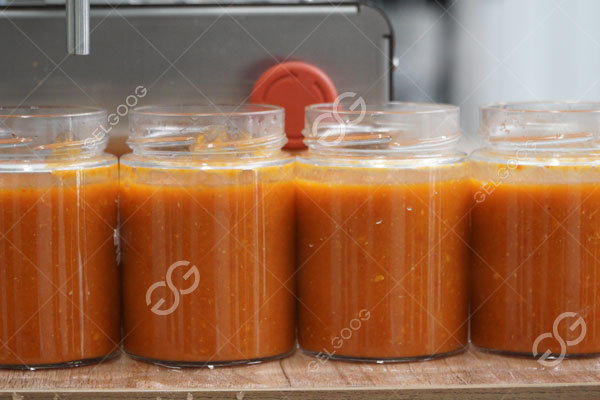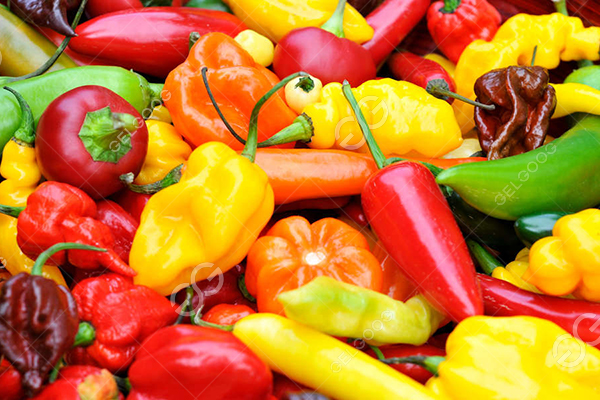What Industrial Equipment Is Used To Make Chili Sauces?
Chili sauces are popular condiments that add a spicy kick to various dishes, from burgers to noodles and beyond. While homemade chili sauces can be made using basic kitchen equipment, industrial-scale production requires specialized machinery to meet high demand and maintain consistency. In this blog, we will explore the key industrial sauce processing equipment used in the production of chili sauces, giving you an insight into the fascinating world behind your favorite fiery condiment.
1. Washing and Sorting Equipment: The first step in chili sauce production involves washing and sorting the fresh chili peppers. Industrial-grade washing machines and conveyors are used to remove dirt, debris, and impurities from the peppers. Sorting equipment then separates damaged or unsuitable peppers from the batch, ensuring only the best quality ones are used in the sauce-making process.
2. Grinding and Crushing Machines: After sorting, the cleaned chili peppers are sent to grinding and crushing machines. These powerful machines efficiently pulverize the peppers into a fine paste or puree, depending on the desired consistency of the final sauce. The grinding process is essential to release the flavors and spice of the chili peppers.
3. Mixing and Blending Tanks: Once the chili peppers are transformed into a paste, they are transferred to mixing and blending tanks. Here, other ingredients such as vinegar, salt, garlic, sugar, and various spices are added in precise proportions. Industrial mixing tanks ensure thorough and homogenous blending of ingredients, creating a consistent flavor profile across every batch of chili sauce.
4. Cooking and Heating Systems: To ensure the safety and preservation of the chili sauce, it needs to be cooked at high temperatures. Industrial cooking and heating systems, such as steam kettles or continuous-flow heat exchangers, are used to heat the mixture to a specific temperature, killing any harmful bacteria and stabilizing the sauce for longer shelf life.
5. Cooling and Packaging Machinery: After cooking, the chili sauce needs to be rapidly cooled to prevent overcooking and maintain its vibrant color and flavor. Cooling tunnels or water-based cooling systems effectively lower the sauce’s temperature. Once cooled, the sauce is ready for packaging. Industrial packaging machines fill bottles, jars, or containers with the chili sauce, and automatic capping and labeling machines ensure a streamlined and efficient packaging process.
6. Quality Control Equipment: Quality control is crucial in chili sauce production to maintain consistent taste, texture, and safety standards. Industrial facilities utilize advanced equipment such as spectrometers, pH meters, and viscosity analyzers to monitor and adjust the sauce’s properties throughout the production process.
Conclusion:
From washing and sorting fresh chili peppers to filling and labeling bottles, industrial equipment plays a crucial role in the production of chili sauces. These specialized machines ensure the efficiency, consistency, and safety of the manufacturing process, providing consumers with their favorite spicy condiments. The next time you reach for that bottle of chili sauce, you’ll have a deeper appreciation for the intricate journey it took from farm to table.





